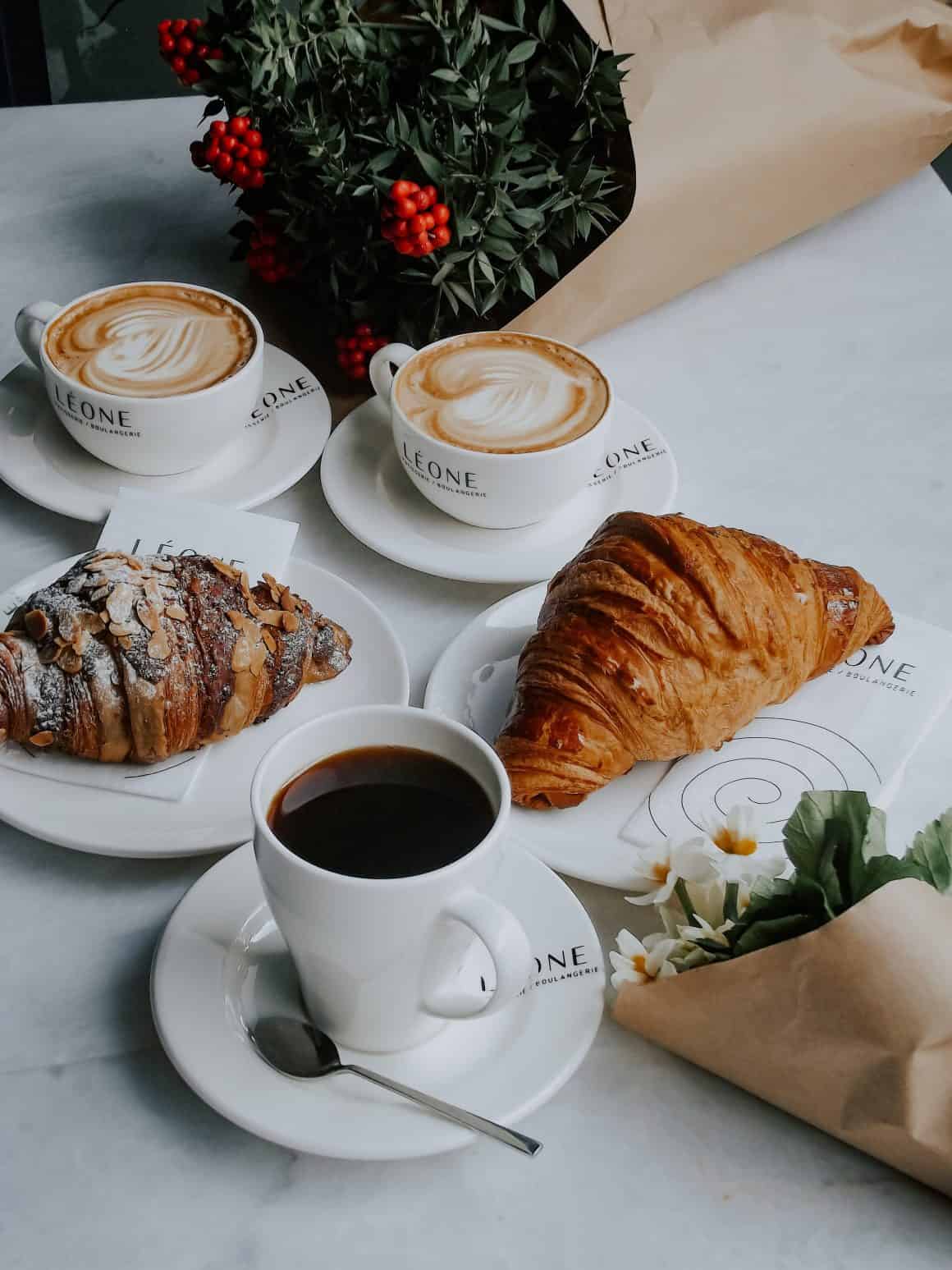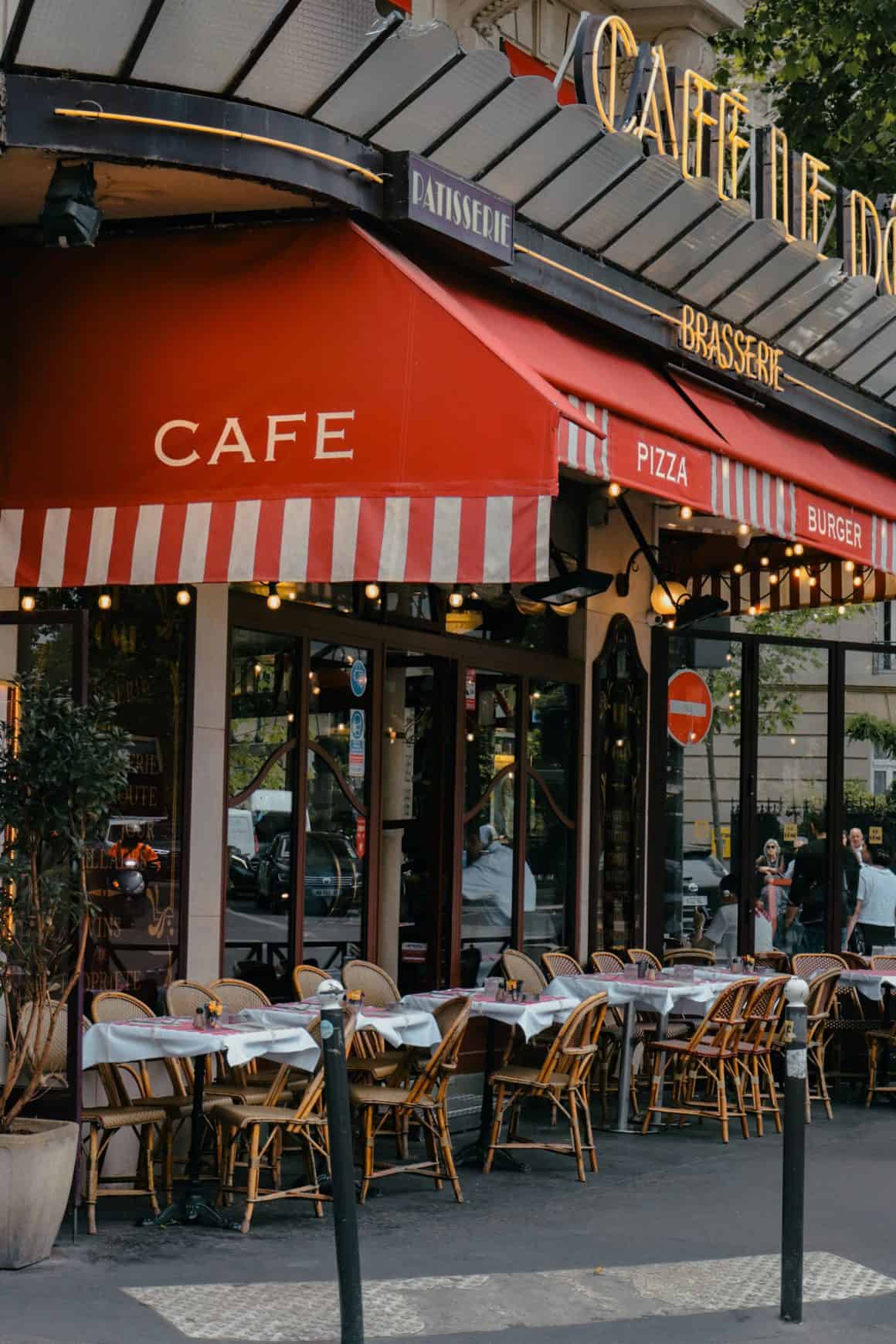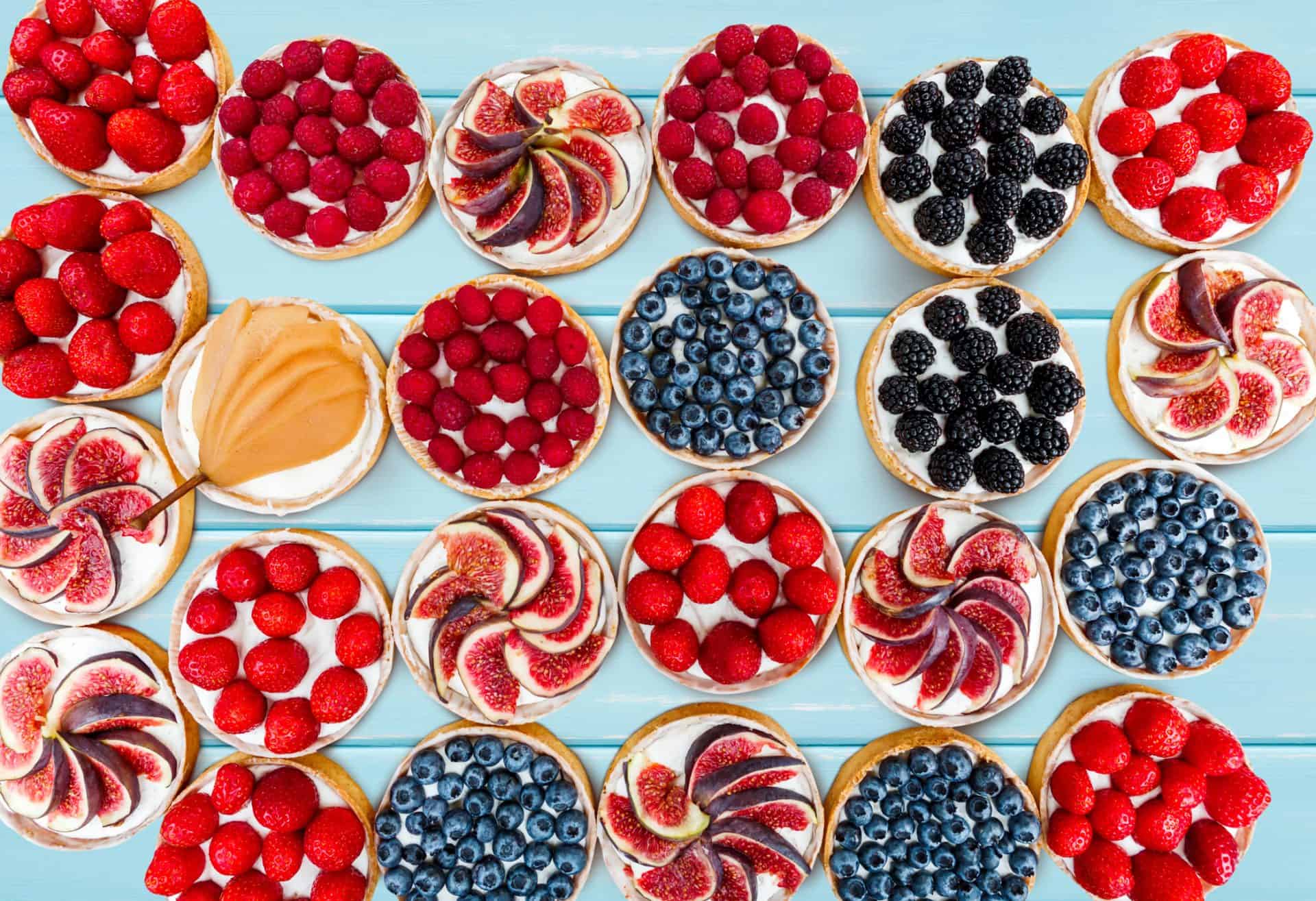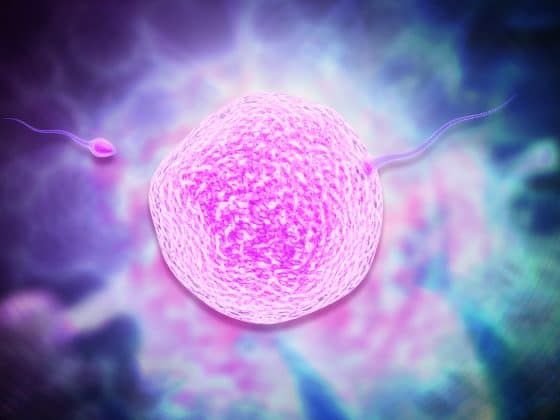Paris, the city of lights and love, is renowned for its delectable pastries and mouth-watering desserts. For those with gluten sensitivities or dietary restrictions, the idea of indulging in the iconic French patisserie experience might seem like a distant dream. However, fear not! Paris has embraced the gluten-free trend, offering a variety of exquisite patisseries that cater to those seeking guilt-free sweet delights. Let’s embark on a journey through the gluten-free patisserie scene in Paris, exploring some notable establishments.

Noglu: A Pioneer in Gluten Free Excellence
Noglu, has been delighting Parisians and visitors alike with its exquisite gluten-free pastries. Located in the heart of the Marais district, Noglu offers a cozy and welcoming atmosphere. From delicate éclairs to flaky croissants, Noglu has successfully recreated the classics without compromising on taste or texture. The attention to detail and commitment to high-quality ingredients make Noglu a must-visit for anyone looking to savour gluten-free delights in Paris.

Chambellan: Hidden Gem in Saint-Germain-des-Prés
Tucked away in the charming Saint-Germain-des-Prés neighborhood, Chambellan is a hidden gem for gluten-free enthusiasts. This patisserie takes pride in crafting gluten-free pastries that are not only visually stunning but also bursting with flavor. From their heavenly tarts to the airy madeleines, each bite at Chambellan is a testament to their dedication to gluten-free baking. The elegant setting adds to the overall experience, making it an ideal spot for a leisurely afternoon of guilt-free indulgence.

Cococo: Where Artistry Meets Gluten-Free Goodness
Cococo, situated in the lively Le Marais district, is a gluten-free patisserie that seamlessly blends artistry with gluten-free goodness. Their display showcases an array of visually stunning treats, from colourful macarons to intricately decorated cakes. Cococo prides itself on using high-quality, locally sourced ingredients to create a delightful array of gluten-free options. The passionate bakers at Cococo have mastered the art of gluten-free pastry, ensuring that every bite is a heavenly experience.

Maison Plume: Crafting Gluten-Free Magic in Montmartre
Nestled in the artistic Montmartre neighbourhood, Maison Plume is a haven for gluten-free enthusiasts seeking a touch of magic in their pastries. This quaint patisserie is known for its charming ambiance and an array of gluten-free options that cater to various dietary preferences. Whether you’re craving a buttery croissant or a decadent chocolate cake, Maison Plume offers a diverse menu that proves gluten-free can be just as delightful as traditional pastries.
Yummy & Guilt-Free
Yummy & Guilt-Free is not just a patisserie; it’s a celebration of wholesome and delicious gluten-free treats. Located in a vibrant corner of Paris, this establishment takes a holistic approach to gluten-free baking, incorporating nutritious ingredients without compromising on taste. From their fluffy muffins to the rich and fudgy brownies, Yummy & Guilt-Free caters to those looking for a guilt-free indulgence

So Why Should We Avoid Gluten?
Gluten allergy, more accurately known as gluten intolerance or non-celiac gluten sensitivity (NCGS), is different from celiac disease, which is an autoimmune disorder. While celiac disease is a well-defined medical condition with specific diagnostic criteria, gluten intolerance or sensitivity is a broader term used to describe people who experience symptoms after consuming gluten but do not have celiac disease or wheat allergy.

Here are a few reasons why some people may experience adverse reactions to gluten:
Celiac Disease:
Celiac disease is an autoimmune disorder where the ingestion of gluten leads to damage in the small intestine. The immune system responds abnormally to gluten, attacking the lining of the small intestine and causing inflammation.
People with celiac disease must strictly adhere to a gluten-free diet to manage symptoms and prevent long-term complications.
Non-Celiac Gluten Sensitivity (NCGS):
Unlike celiac disease, NCGS does not involve an autoimmune response or the damage to the small intestine. Instead, people with NCGS experience gastrointestinal or extra-intestinal symptoms after consuming gluten, such as bloating, fatigue, headaches, or joint pain.
The exact mechanisms underlying NCGS are not well understood, and it remains a topic of ongoing research.
Wheat Allergy:
Some people may be allergic to wheat, one of the components of gluten-containing grains. Wheat allergy is an immune response to proteins found in wheat, which can result in symptoms such as hives, itching, swelling, difficulty breathing, or digestive issues.
It’s important to note that wheat allergy is distinct from gluten intolerance or celiac disease.
FODMAP Sensitivity:
FODMAPs (fermentable oligosaccharides, disaccharides, monosaccharides, and polyols) are certain types of carbohydrates found in various foods, including some grains. Some individuals may experience gastrointestinal symptoms due to a sensitivity to FODMAPs rather than gluten itself.
Gluten-containing grains like wheat, barley, and rye also happen to be high in FODMAPs, which can contribute to symptoms in sensitive individuals.
It’s essential to differentiate between these conditions, as their underlying mechanisms and health implications vary. If someone suspects they have a gluten-related issue, consulting with a healthcare professional is crucial for an accurate diagnosis. Medical professionals may conduct blood tests for celiac disease, to determine the cause of symptoms and provide appropriate guidance on dietary management.












